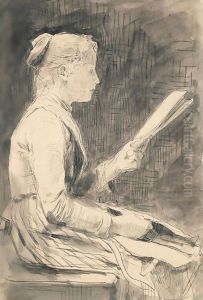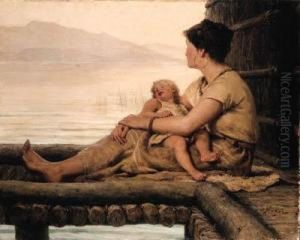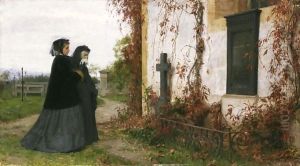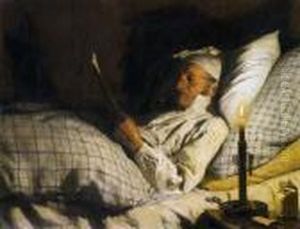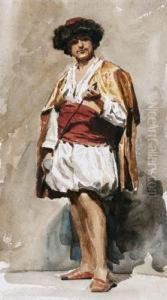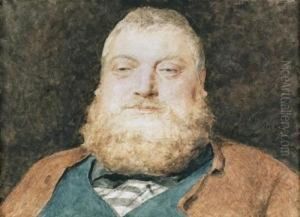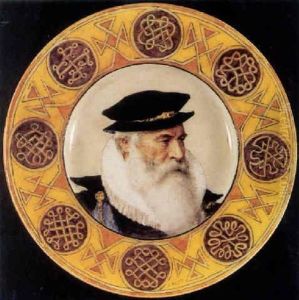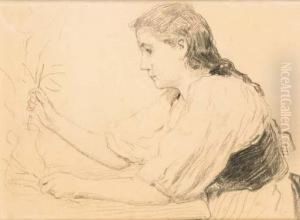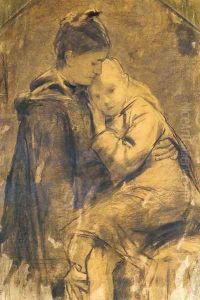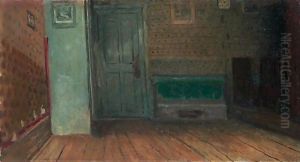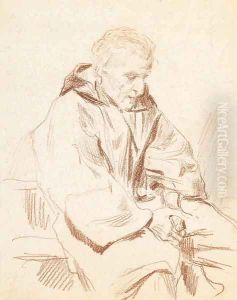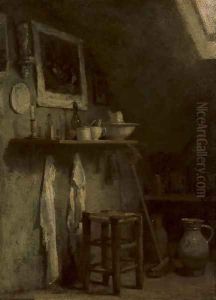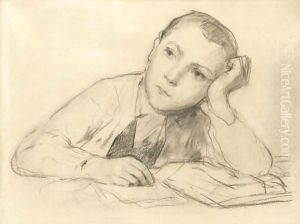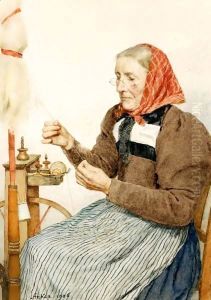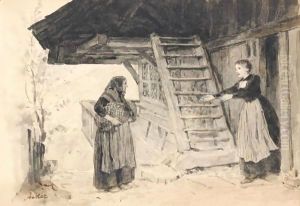Albert Anker Paintings
Albert Anker was a Swiss painter and illustrator who earned recognition as one of Switzerland's foremost genre painters. Born on April 1, 1831, in Ins, a small village in the Canton of Bern, Anker grew up in a well-to-do family, which enabled him to pursue an education and later his passion for art. Initially, he attended the University of Bern, intending to follow a theological path, but his deep-rooted interest in art led him to change his career trajectory.
In 1851, Anker moved to Paris, where he studied at the prestigious École nationale supérieure des Beaux-Arts. There, he was influenced by the works of French realists and genre painters, which deeply impacted his own style and thematic choices. Anker's paintings often depicted everyday life in rural Swiss communities, focusing on scenes of domestic life, children, and village activities. His works are characterized by a meticulous attention to detail, vibrant colors, and a sense of warmth and humanity.
Albert Anker returned to Switzerland in the late 1850s, where he settled in his native village of Ins. He continued to paint and draw, capturing the essence of Swiss rural life. Throughout his career, Anker also produced a significant number of portraits and still lifes. He became a beloved figure in Swiss art, celebrated for his ability to depict the simplicity and dignity of peasant life.
Anker's contributions to Swiss art were recognized during his lifetime. He received various honors, including the French Legion of Honour in 1878. Despite his success, Anker remained deeply connected to his Swiss roots, which continued to inspire his work until his death on July 16, 1910.
Today, Albert Anker's works are held in high esteem, not only in Switzerland but around the world. His paintings are considered pivotal in the development of Swiss genre painting in the 19th century, offering a window into the daily life and spirit of rural Switzerland during that period.
